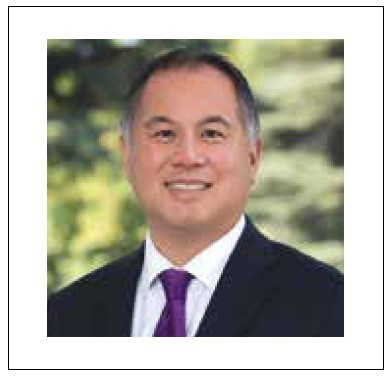
By Assemblymember Phil Ting–
In a state that’s trying to push active transportation that includes bicycling and walking, we must make our streets safer. Alternatives to driving are not only healthier for us, but also better for the environment.
I’m happy to report that the Governor recently signed AB 645, a bill that I joint authored with Assemblymember Laura Friedman (D-Burbank) this year, authorizing six cities to enforce speed through cameras. San Francisco is included in the five-year pilot program, along with Oakland, San Jose, Los Angeles, Glendale, and Long Beach.
These cities will be able to target high accident corridors, areas frequented by street racers, and school zones as potential speed camera sites. Drivers captured by the cameras exceeding the speed limit by at least eleven miles per hour will be automatically ticketed by mail. While fines start at $50 and increase depending on how fast violators were going, there are opportunities for fee reductions or community service for those who qualify based on financial need.
I believe we can save lives under this program because many of these crashes are preventable. In California, speed is the number one cause of severe and fatal traffic crashes. According to Walk SF, more than 1,000 Californians have died in speed-related traffic crashes every year for the past five years, and thousands more have been severely injured.
Speed increases crash-risk in two ways: it increases the likelihood of being involved in a crash, and it increases the severity of injuries sustained by all road users in a crash, according to the National Transportation Safety Board. Simply lowering speeds and increasing enforcement can make a difference.
The National Highway Traffic and Safety Administration says a pedestrian struck at 20 miles per hour has a 90 percent chance of survival. That number drops to 20 percent if the car is traveling at 40 miles per hour. Now we have a proven and powerful tool available to help reduce our numbers.
Speed cameras have additionally been shown to be effective in slowing drivers down, reducing collisions, and reducing fatalities. In New York City, there was a 73 percent reduction in traffic fatalities. Washington, D.C., saw a 70 percent decrease. Scottsdale, Arizona, and Portland, Oregon, traffic deaths dropped 54 percent since the cameras were instituted. Our test pilot cities could see similar dramatic improvements.
Locally, AB 645 also aligns with San Francisco’s Vision Zero plan, which commits to building better and safer streets, educating the public on traffic safety, enforcing traffic laws, and adopting policy changes that save lives. The goal is to create a culture that prioritizes traffic safety and to ensure that mistakes on our roadways don’t result in severe injuries or death. This collaborative, citywide effort will mean safer, more livable streets, as we work to eliminate traffic deaths.
Building better roads and slowing cars down using the cameras is an imperative intersectional issue. Communities of color are disproportionately affected by traffic violence, as some of our state’s largest and most dangerous roads cut directly through their neighborhoods. Nationally, African American pedestrians are more than twice as likely as white Americans to die in a traffic collision. In 2021, the San Francisco County Transportation Authority found that Black residents accounted for 30 percent of the people killed in traffic collisions, despite representing only five percent of the population. What you look like shouldn’t increase or decrease your rate of motor vehicle accidents or your rate of survival, yet it does.
I hope San Francisco installs the speed cameras as soon as AB 645 takes effect this January. It means we can save lives and prevent serious injury sooner.
Phil Ting represents the 19th Assembly District, which includes the west side of San Francisco along with the communities of Broadmoor, Colma, and Daly City, as well as part of South San Francisco and San Bruno.
Assemblymember Phil Ting
Published on November 2, 2023
Recent Comments